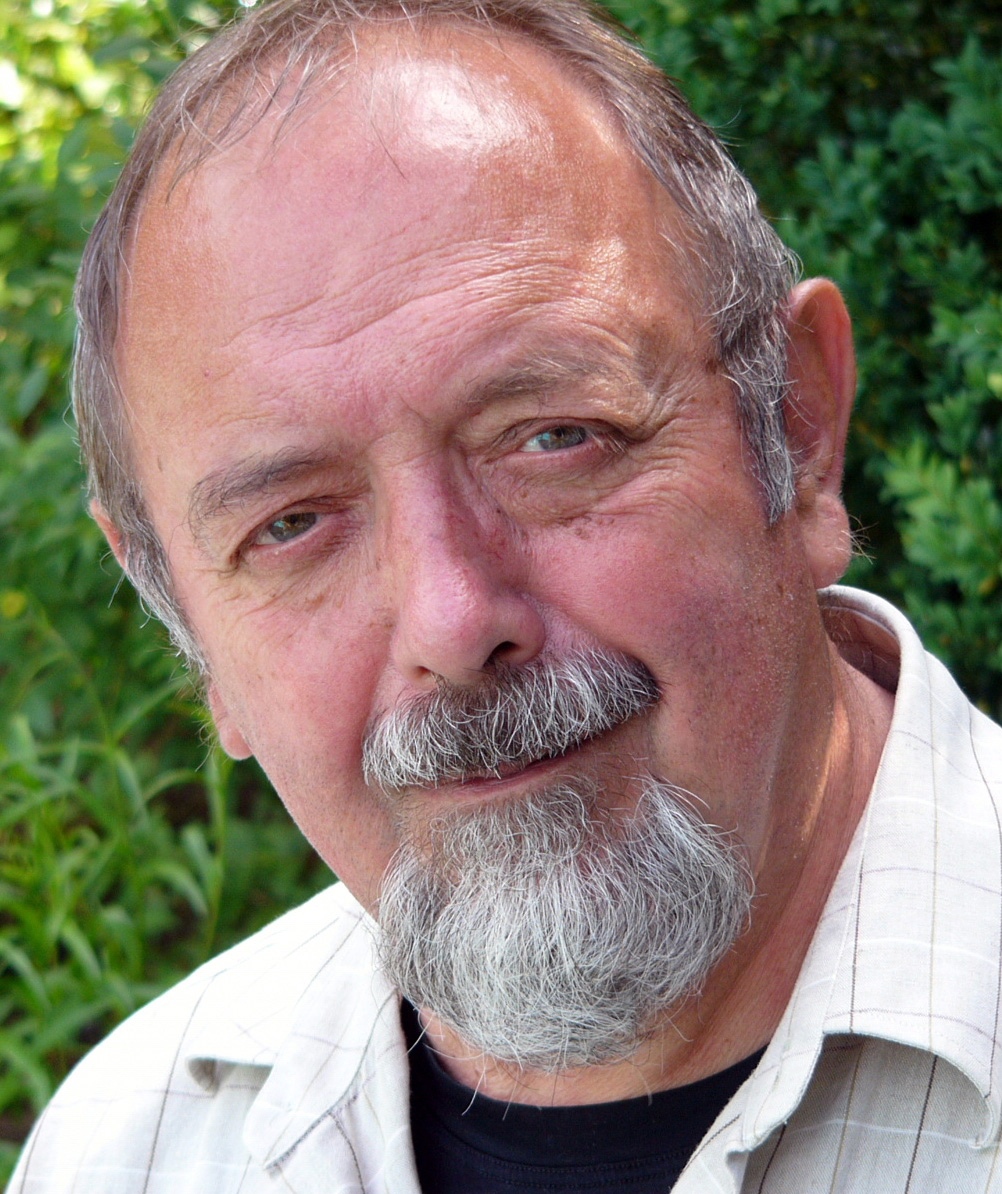|
|
Biography |
|
|
 Career: PhD in Plant Genetics 1968 at Max-Planck-Institute for Plant Breeding Research, Cologne, Germany; Ass. Professor, Institute of Plant Physiology, Stuttgart-Hohenheim 1970-74. Research Group Leader, Max-Planck-Institute for Genetics, Ladenburg-Heidelberg 1974-76; Research Group Leader, Friedrich Miescher-Institute, Basel, Switzerland 1976-86; Full Professor in Plant Sciences, Swiss Federal Institute of Technology (ETH), Zuerich 1986-99.
Science: Contributions to food security in developing countries. Focusing on development and application of genetic engineering technology for and to "food security" crops such as rice (Oryza sativa), wheat (Triticum aestivum), sorghum (Sorghum bicolor), and cassava (Manihot esculenta). Focusing on problems areas of disease- and pest resistance, improved food quality, improved yield, improved exploitation of natural resources, and improved bio-safety. Inventor of "Golden Rice" and chairman of Humanitarian Golden Rice Board and Network. Ca 340 publications in peer-reviewed journals; 30 patents.
Distinctions: KUMHO (ISPMB) Science International Award in Plant Molecular Biology and Biotechnology 2000. American Society of Plant Biologists (ASPB) Leadership in Science Public Service Award 2001. Crop Science of America (CSSA) Klepper Endowment Lectureship 2001, CSSA President’s Award 2002, European Culture Award in Science 2002, Honorary Doctor, Swedish University of Agricultural Sciences 2002, University of Freiburg, Germany 2007.
“Top100 living contributor to biotechnology”, elected by the peers of the journal “Scientist” in 2005. “The most influential scientist” in the area of Agricultural, Industrial, and Environmental Biotechnology for the decade 1995-2005, elected by the peers of Nature Biotechnology 2006. Cover TIME Magazine July 31, 2000. Elected to Academia Europaea, Pontifical Academy of Sciences, Hungarian Academy of Sciences, Swiss Academy of Technical Sciences,
Career: PhD in Plant Genetics 1968 at Max-Planck-Institute for Plant Breeding Research, Cologne, Germany; Ass. Professor, Institute of Plant Physiology, Stuttgart-Hohenheim 1970-74. Research Group Leader, Max-Planck-Institute for Genetics, Ladenburg-Heidelberg 1974-76; Research Group Leader, Friedrich Miescher-Institute, Basel, Switzerland 1976-86; Full Professor in Plant Sciences, Swiss Federal Institute of Technology (ETH), Zuerich 1986-99.
Science: Contributions to food security in developing countries. Focusing on development and application of genetic engineering technology for and to "food security" crops such as rice (Oryza sativa), wheat (Triticum aestivum), sorghum (Sorghum bicolor), and cassava (Manihot esculenta). Focusing on problems areas of disease- and pest resistance, improved food quality, improved yield, improved exploitation of natural resources, and improved bio-safety. Inventor of "Golden Rice" and chairman of Humanitarian Golden Rice Board and Network. Ca 340 publications in peer-reviewed journals; 30 patents.
Distinctions: KUMHO (ISPMB) Science International Award in Plant Molecular Biology and Biotechnology 2000. American Society of Plant Biologists (ASPB) Leadership in Science Public Service Award 2001. Crop Science of America (CSSA) Klepper Endowment Lectureship 2001, CSSA President’s Award 2002, European Culture Award in Science 2002, Honorary Doctor, Swedish University of Agricultural Sciences 2002, University of Freiburg, Germany 2007.
“Top100 living contributor to biotechnology”, elected by the peers of the journal “Scientist” in 2005. “The most influential scientist” in the area of Agricultural, Industrial, and Environmental Biotechnology for the decade 1995-2005, elected by the peers of Nature Biotechnology 2006. Cover TIME Magazine July 31, 2000. Elected to Academia Europaea, Pontifical Academy of Sciences, Hungarian Academy of Sciences, Swiss Academy of Technical Sciences,
|
|
|
|
|
|
|
Abstract |
|
|
|
|
Lessons from the humanitarian Golden Rice project |
|
|
|
|
|
‘Golden Rice’ was developed in the public domain, with public funding and with the goal, to contribute to a reduction in vitamin A-malnutrition in rice-dependent poor societies. Proof-of-concept for the engineered biosynthetic pathway was completed by February 1999. Product development beyond basic research did not find any support from the public domain. The project was rescued only because of support from the private sector. Problems related to intellectual property rights involved with the basic technology were solved within half a year. Product optimisation by the private sector was donated to the humanitarian project. The putative impact of Golden Rice was calculated to up to 40 000 lives saved per year for India alone. Development of locally adapted varieties for target countries such as The Philippines, India, Vietnam, Bangladesh, Indonesia, China is by public national and international rice research institutes, with financial support from national governments and altruistic organisations. Despite of substantial support Golden Rice will not reach the farmer before 2012. If Golden Rice were not ‘genetically engineered’ (GE), variety development and registration would have been completed by 2002. The difference in time between traditional variety development and that of a GMO-based variety of ten years is due to nothing else but routine, regulatory requirements. This difference translates, on the basis of the calculated impact, to far more than 400’000 lives lost. This is especially difficult to accept for a case, where no risk to the environment or to the consumer can be claimed even hypothetically. The lessons from this case are:
1) GMO regulation delays use of GE-based products for ca. ten years and carries a huge financial penalty.
2) Time and costs for delivery of a GE-product to the market are, as the consequence of regulation, so immense that no public institution nor any small or medium sized private enterprise can afford the necessary investment in personnel or funds.
3) The consequence is a de-facto monopoly for GE-products for a few financially potent companies.
4) Numerous public GE-projects, including many from developing country laboratories and for orphan crops, will never make it to the market place.
5) The damage to lives and welfare is enormous and affects the poor, and not the rich Western societies, which are responsible for the GE-hysteria.
6) There is no scientific justification for the world-wide established GE-regulatory system based on the concept of an ‘extreme precautionary approach’.
7) However, there is a moral imperative to make GE-technology available for public good.
|
|
|
|
|